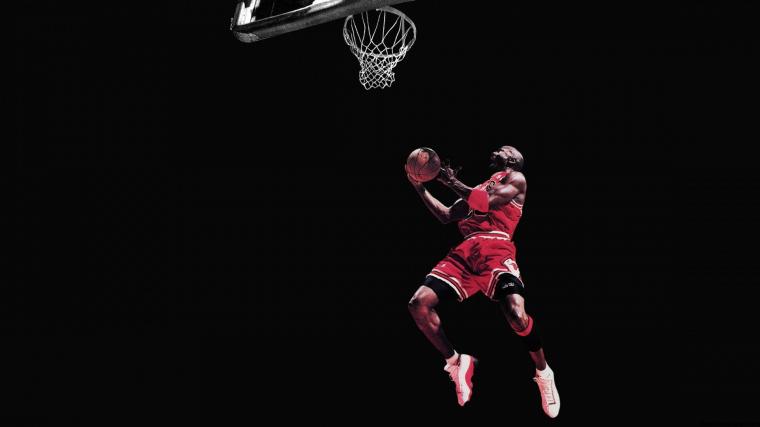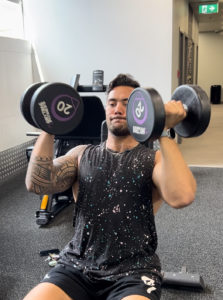-
Knee pain
Patellar tendinopathy (Jumper’s knee) is an injury that occurs when there is irritation of the patellar tendon which is located just below your knee cap. The patellar tendon is a common source of pain in the front of the knee, often occurring from repetitive or excessive overload. This occurs often within younger athletes, especially men, who participate in jumping sports such as volleyball, tennis, football, and basketball. However, with more and more people increasing their running load during lock-down, it is has become more common for even recreational exercisers! Patellar Tendinopathy is a debilitating disorder and can result in prolonged absence from activity. As we know from current research, correct loading of the tendon is the primary way to help with tendon health! However, knowing when and what load to put through your tendon is key for positive outcomes with patellar tendon pain.
Before we get into treatment of Patellar Tendinopathy, we must first know if it is truly the reason for your pain. Patellar tendon pain is typically experienced during activities such as running, or during periods of loading, and the pain will immediately cease upon removal of the load. Oftentimes people think they have patellar tendon pain when in reality they have patellofemoral pain (PFP), which is characterised by pain coming from underneath the patella. PFP will usually have slightly different signs and symptoms to Patellar Tendinopathy. Typical signs of Patellar Tendinopathy include:
- Pain localized to the inferior pole, or just at the bony end of the patella.
- Load-related pain that increases with the demand on the knee extensors, or quadriceps, notably in activities that store and release energy in the patellar tendon (jumping and running).
- Any activities that involve descending from a height, such as walking down stairs or decline squats.
** Imaging (usually ultrasound scan) may not always be used to diagnose patellar tendinopathies as tendon breakdown occurs naturally throughout a tendon’s lifespan, meaning pathology may be seen in those with no symptoms. It is important therefore to seek guidance from a qualified physiotherapist in order to gain an accurate diagnosis. **
How do you treat patellar tendon pain?
The most investigated intervention is exercise!
First, load modification and management is used, with the goal of reducing pain. What do I mean? If playing netball or running aggravates your pain, at a minimum you should reduce the volume or intensity at which you are stressing that tendon. Likely you will just take time off for your tendon to settle down for a short period of time. While you are temporarily taking a break from your sport, you will begin a progressive loading program, with the aim of increasing strength and tolerance in your tendon, and addressing any other areas of weakness which may be causing your tendon to be overloaded (eg hips & ankles). Some pain is acceptable during or after exercise, however, symptoms should resolve quickly and should NOT worsen over the course of the strength and loading program. Actually, loading has been seen to make tendon pain feel better! This is known as the “warm-up effect.” The loading programme may consist of a variety of different types of exercises including isometrics, eccentrics and concentric exercises, depending on your symptoms.
Alternative Therapies?
Manual Therapy, Dry Needling and Shockwave Therapy have all been shown to have effective short term pain relief properties for Patellar Tendinopathy. However, none are superior to a properly managed loading programme for tendon pathologies.
References:
- Malliaras P, Cook J, Purdam C, Rio E. (2015): “Patellar Tendinopathy: Clinical Diagnosis, Load Management, and Advice for Challenging Case Presentations”. - The Journal of orthopaedic and sports physical therapy.
- Kertzman, P., Lenza, M., Pedrinelli, A., & Ejnisman, B. (2015): “Shockwave treatment for musculoskeletal diseases and bone consolidation: qualitative analysis of the literature”.
- Malliaras P, Barton CJ, Reeves ND, Langberg H. (2013): “Achilles and patellar tendinopathy loading programmes”.
- Naugle KM, Fillingim RB, Riley JL. (2012): “A meta-analytic review of the hypoalgesic effects of exercise”. - The Journal of pain.
- Kountouris A, Cook J. (2007): “Rehabilitation of Achilles and patellar tendinopathies. Best practice & research clinical rheumatology”.

Jumper’s Knee
- Post author:Triumph Physio
- Post published:26/07/2020
- Post category:Knee / Physiotherapy
Tags: anterior knee pain, exercise, jumpers knee, knee pain, patella tendinopathy, physical therapy, physio, Physiotherapy, rehab, rehabilitation



